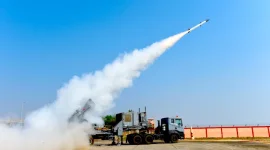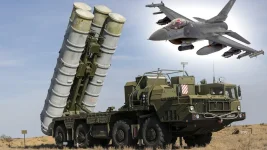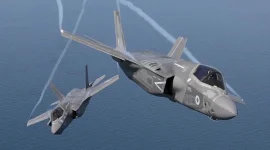
A recent report by Prakash Gopal, a former Indian naval officer, suggests a potential shift in India's traditionally non-aligned defense stance in the Indo-Pacific.
The report, published by the United States Studies Centre at the University of Sydney, highlights India's growing willingness to engage with the U.S., Japan, and Australia in collective deterrence efforts, although formal alliance membership remains unlikely.
This shift is attributed to India's increasingly negative perception of China under President Xi Jinping, whose vision for the region clashes with India's own ambitions. The 2020 border clash further solidified this perception, pushing India to seek closer cooperation with Quad partners.
Gopal's report points to several indicators of this shift:
- Increased Quad Engagement: India has actively participated in recent Quad initiatives, such as the collective assistance effort in Papua New Guinea.
- Taiwan Discussions: High-level discussions between former Indian military chiefs and Taiwan's Foreign Ministry indicate a growing interest in regional security dynamics.
- Flexible Cooperation: While avoiding formal alliances, India may adopt a flexible approach to collective deterrence, considering various options depending on specific regional threats.
However, challenges remain. India's land border with China makes it cautious about direct involvement in potential conflicts like a Taiwan crisis. Additionally, despite recent diplomatic gestures, structural issues between India and China persist.
This potential shift in India's security strategy carries significant implications for the Indo-Pacific region. India's growing engagement with the U.S. and its allies could reshape the balance of power and contribute to greater stability in the face of China's growing assertiveness.






